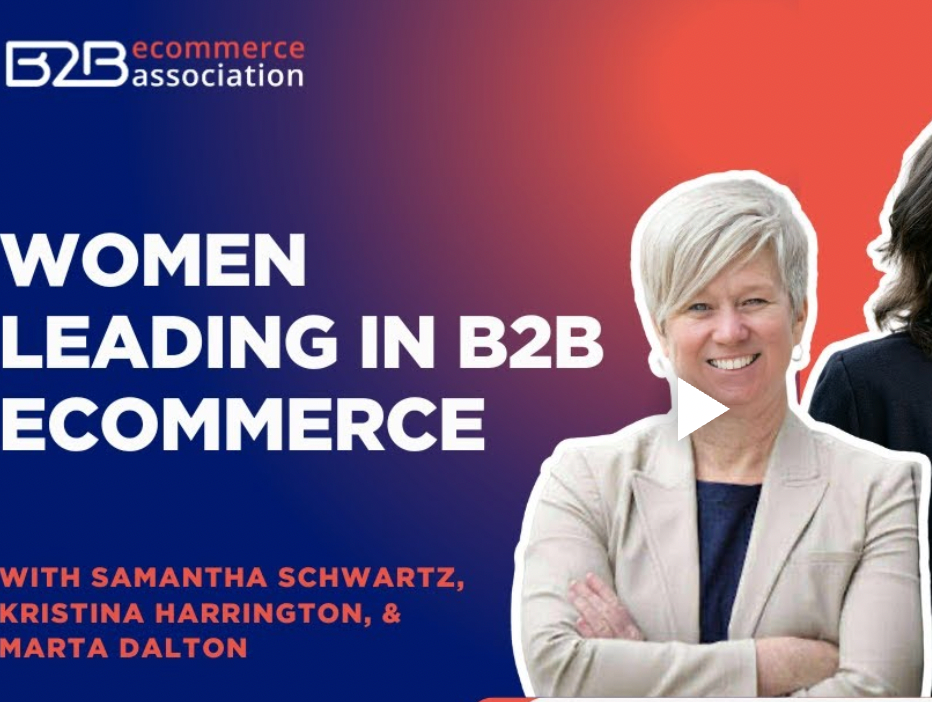Amazon Who? No One is Better at Supporting The Customer Than You, The OEM
- GenAlpha Technologies

- Aug 20, 2019
- 5 min read
Updated: Dec 14, 2022
This is an original article published by DigitalCommerce360.com on August 21, 2019.
Most original equipment manufacturers focus on the design and manufacturing phases of delivering product value to the customer. Ironically, the most durable source of revenue follows those phases in aftermarket and product service; these are the areas OEMs do not want to neglect and hand over to Amazon and other sellers, writes Stan Eames, CEO of GenAlpha Technologies.
The sale of original equipment represents more than merely the exchange of capital for a piece of equipment. That exchange initiates a relationship that is ripe with opportunity and can lead to revenues beyond the initial transaction as well as possible additional capital purchases from the same source. The customer-OEM relationship is just beginning as the original purchase transaction closes, what happens to it from there depends upon how well you cultivate it.
Following the original sale, you will have entered the “after” of the aftermarket, and what you choose to do in that period can have a dramatic impact on your overall business. Most original equipment manufacturers focus on the design and manufacturing phases of delivering product value to the customer. Ironically, the most durable source of revenue follows those phases in aftermarket and product service; these are the areas you do not want to neglect.
“Ecommerce for manufacturing organizations is a special breed of technology that goes beyond the traditional Amazon type model.”
According to the data company ScrapeHero, Amazon.com had a total of 562,382,292 products for sale as of Jan. 10, 2018. The enormous diversity of products Amazon sells makes it by definition a very transaction-oriented business. The Amazon e-commerce behemoth fosters a great deal of selling but does not focus on cultivating customer relationships at the product level.
If a customer buys an aftermarket part from Amazon for a piece of original equipment that you sell, there is no opportunity for enhancing your customer relationship, increasing loyalty, or learning from their purchase. Amazon is not concerned with such things and is happy to take your customer’s money while you miss the boat to increase product revenue.
Selling aftermarket parts is complex, but rewarding
Letting a third-party seller such as Amazon be the go-to entity for your aftermarket has its advantages. Selling aftermarket parts can be complex, and oftentimes requires expensive staffing to support part selection and guidance. Just assisting your customer toward making the right purchase can be a laborious task, lest you make a mistake and must process and fulfill a return.
These complexities make it easy just to let someone else deal with the post-sale messiness while you focus on selling the original equipment.
The customer relationship is an asset to your organization, and only you can benefit from it. Amazon and other third-party aftermarket vendors are not interested in the customer relationship; for them, it essentially never exists.
Once you sell your original equipment, cultivating that relationship must be a conscious and prioritized task for your organization. If the new relationship is unimportant, it will die on the vine, along with the opportunities carried with it. The importance of making customer relationships a priority is underscored by the fact that you are uniquely qualified to enable its growth and prosperity. Nobody can support your customer better than you.
Thinking outside of the OEM box
So, the question becomes, how do you leverage the opportunities related to service after the sale of your original equipment? Letting a third-party seller consume the fruits of your aftermarket is undesirable, but fulfilling the special needs of that market requires thinking outside of the box. Traditional call center operations that fulfill parts orders can be difficult to staff and train. You need a solution with modest personnel demands coupled with features that make your aftermarket easy to access and utilize.
The answer to these requirements is certainly eCommerce technology, but not just any eCommerce solution will do. An eCommerce solution that is designed specifically to address the special needs of both B2B and B2C relationships will allow you to maximize value for the buyers of your original equipment. Offering this added value will allow you to reap the benefits of the customer relationship.
Ecommerce for manufacturing organizations is a special breed of technology that goes beyond the traditional Amazon-type model. Some of the capabilities that make manufacturing eCommerce different are:
A clear path for the owner of the original equipment to easily access all the aftermarket parts and accessories available;
System-directed guidance that allows the buyer to easily find what they are looking for, ensuring that they order the right part;
Visual tools, such as 3-D models of assemblies that let the buyer visually see components and easily select parts directly from the model;
Access to manuals, videos, specification information, and other resources that assist the equipment owner in better understanding their product, and how it is maintained;
An intuitive, searchable ordering-capable catalog of parts based upon the Bill of Materials (BOM) for the original equipment;
Integration with the seller’s ERP system to show real-time information on parts pricing and availability;
Integration with back-office systems such as CRM, warranty, and service management.
As can be seen with these examples of unique functionality, the requirements for an impactful eCommerce implementation for an OEM are beyond those we see in the retail world. Selecting a system that addresses these needs and is provided by a company that understands the manufacturing aftermarket, is critical to your success in eCommerce.
Tailoring information to customers’ needs
Once in place, your manufacturing eCommerce system will become a catalyst in the development and evolution of your customer relationships. The information and buying guidance presented to the customer will be tailored to their needs and based upon the data specific to their equipment. Rather than going on a wild goose chase for parts, the customer will now have a safe, reliable path to ordering what they need with complete confidence through you. Providing such an environment post-sale to your customer offers them tremendous added value, and ultimately will result in improved customer satisfaction and loyalty.
Making a move toward eCommerce for your aftermarket is a strategically sound decision. It is important, however, that you choose a solution that does more than merely sell parts. The driving force behind your eCommerce effort should be more than revenue; it should include enhancing the relationships you have with your customers.
They can buy parts from anyone, including Amazon. The difference with a purchase made via you as the OEM is that you and the eCommerce platform you provide are uniquely capable of addressing the long-term needs of ownership of your product.
Not taking advantage of that distinction will sooner or later leave you at a competitive disadvantage as more and more OEMs embrace technology to serve their customers better. Placing a high priority on your aftermarket eCommerce strategy is paramount to maintaining leadership in serving your customers and maximizing the benefits of a strategic customer relationship.
Stan Eames is the CEO of GenAlpha Technologies, a provider of eCommerce, e-catalog, and customer portal solutions for manufacturers. He can be reached at seames@genalpha.com or contacted via LinkedIn.


